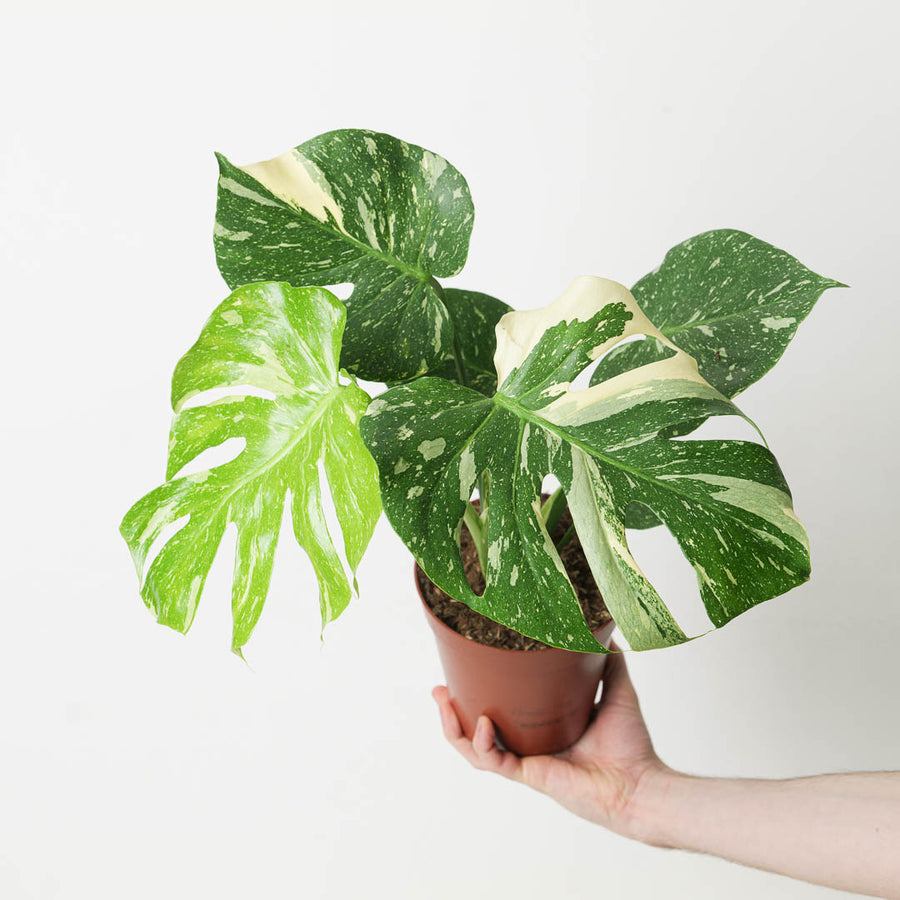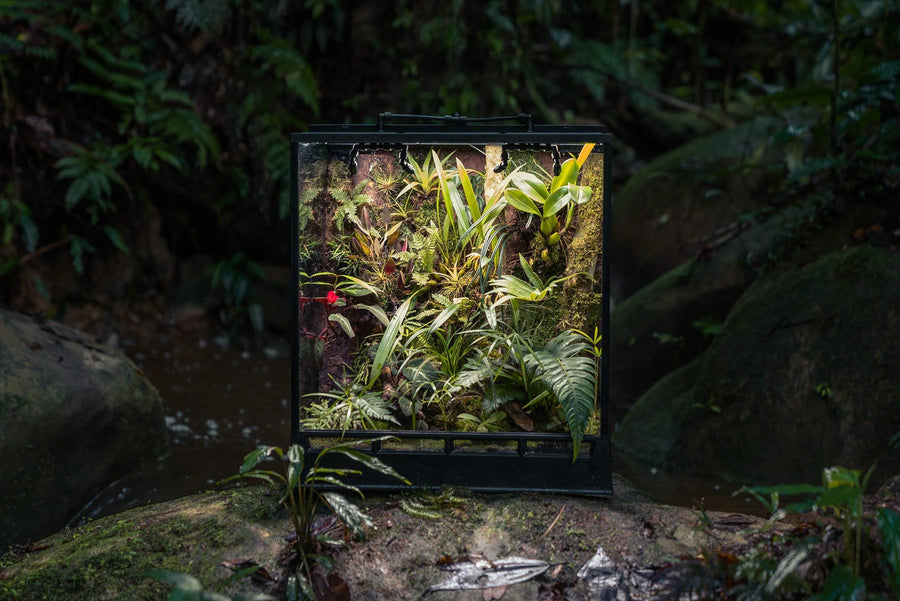Stetsonia coryne, commonly known as the Argentine Toothpick Cactus, is a tall, columnar cactus species prized for its striking silhouette and bold spines. Its cylindrical, dark green stems are ribbed with prominent vertical ridges and adorned with clusters of long, needle-like spines that can vary in colour from yellowish to brown or grey. Over time, it can develop multiple branches, creating a tree-like form. While this cactus is typically cultivated as a smaller plant indoors, it has the potential to grow much larger in its natural habitat. Under ideal conditions, mature specimens may produce large, white, nocturnal flowers, though this is rare indoors.
Stetsonia coryne is well-suited for indoor cultivation, especially for enthusiasts looking for a dramatic, low-maintenance cactus. Its tolerance for dry conditions and slow growth make it an excellent addition to a sunny windowsill or conservatory.
Native to
Stetsonia coryne is native to the arid and semi-arid regions of South America, particularly in Argentina, Bolivia, and Paraguay. It thrives in rocky or sandy soils in areas with intense sunlight and minimal rainfall.
Water
Water sparingly, ensuring the soil is completely dry before watering again. During the growing season (spring and summer), water every 3–4 weeks, adjusting based on the temperature and light levels. Reduce watering significantly in autumn and winter when the cactus is dormant. Overwatering can lead to root rot, so it’s essential to use a well-draining soil mix and a pot with drainage holes.
Light
This cactus requires bright, direct sunlight to thrive. Place it near a south-facing window where it can receive several hours of direct light daily. If natural light is insufficient, consider supplementing with a grow light to support healthy growth.
Humidity
Stetsonia coryne prefers low humidity, typically around 30–50%. It does not require additional humidity and thrives in dry indoor conditions, making it an excellent choice for UK homes.
Temperature
Maintain temperatures between 20–30°C during the growing season. This cactus can tolerate cooler temperatures down to 10°C for short periods but must be protected from frost. Keep it away from draughty windows or unheated areas during winter to prevent cold damage.









